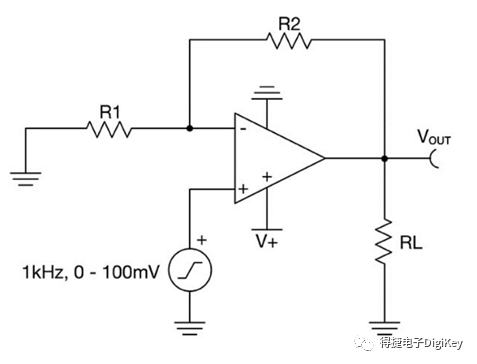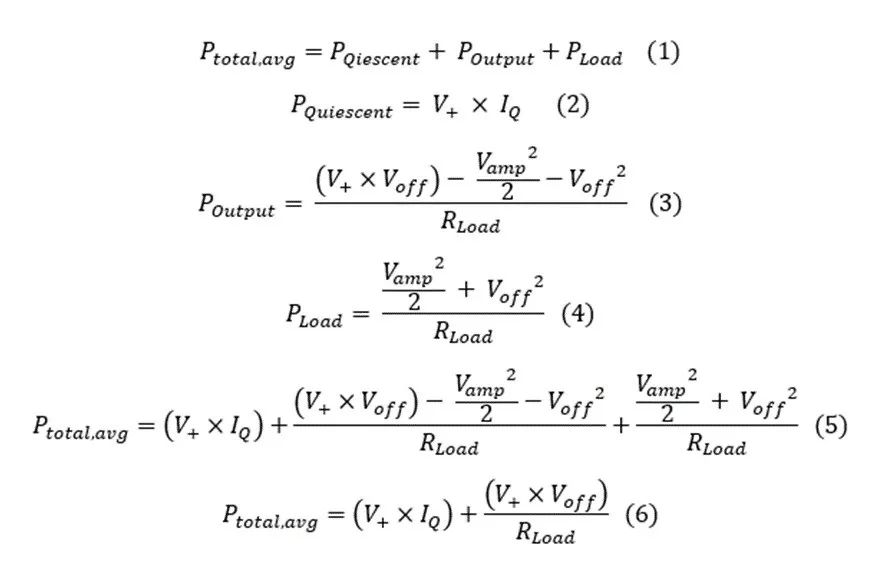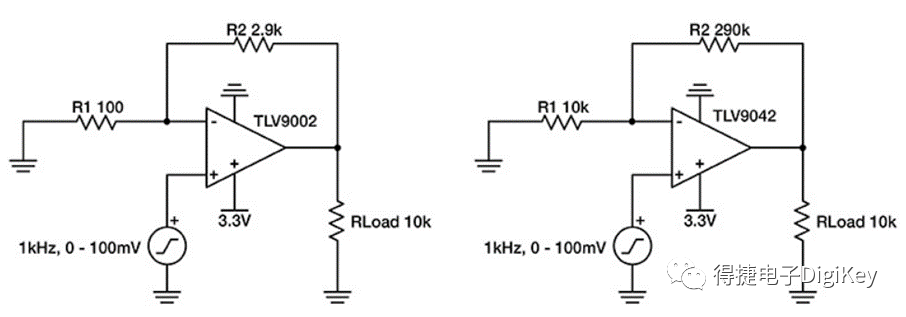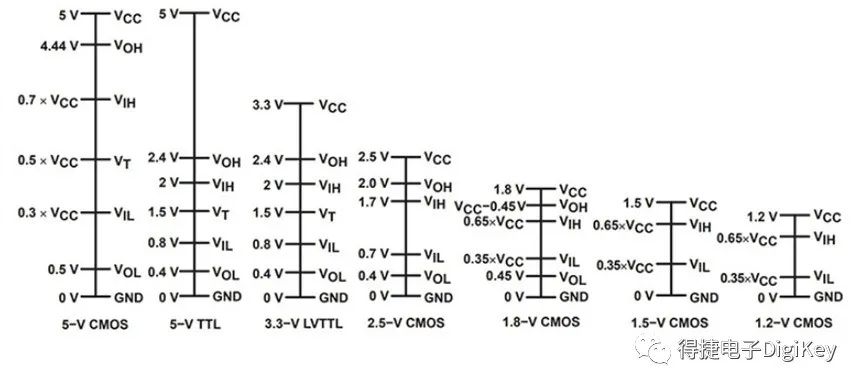Introduction
In recent years, the popularity of battery-powered electronic products has made power consumption an increasingly important issue for analog circuit designers. This article will introduce how to use low-power operational amplifiers for system design, also covering low-power operational amplifiers with low supply voltage capabilities and their applications, discussing how to correctly understand the specifications in operational amplifier datasheets, and comprehensively considering energy-saving technologies in circuit design to achieve more efficient component selection.
Understanding Power Consumption in Operational Amplifier Circuits


 Figure 3: Quiescent Current of TI OPA391 (Image Source: Texas Instruments)
Figure 3: Quiescent Current of TI OPA391 (Image Source: Texas Instruments)
Selecting Components with SuitableIQ Values

Reducing the Resistance Value of Load Networks


Real-World Examples


Saving Power with Low Voltage Rails

Battery-Powered Applications

Low Voltage Digital Logic Levels

